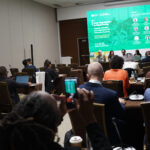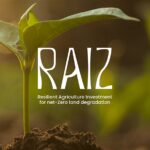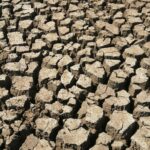G20 Global Land Initiative Joins Global Mangrove Alliance to Champion Vital Ecosystem Restoration
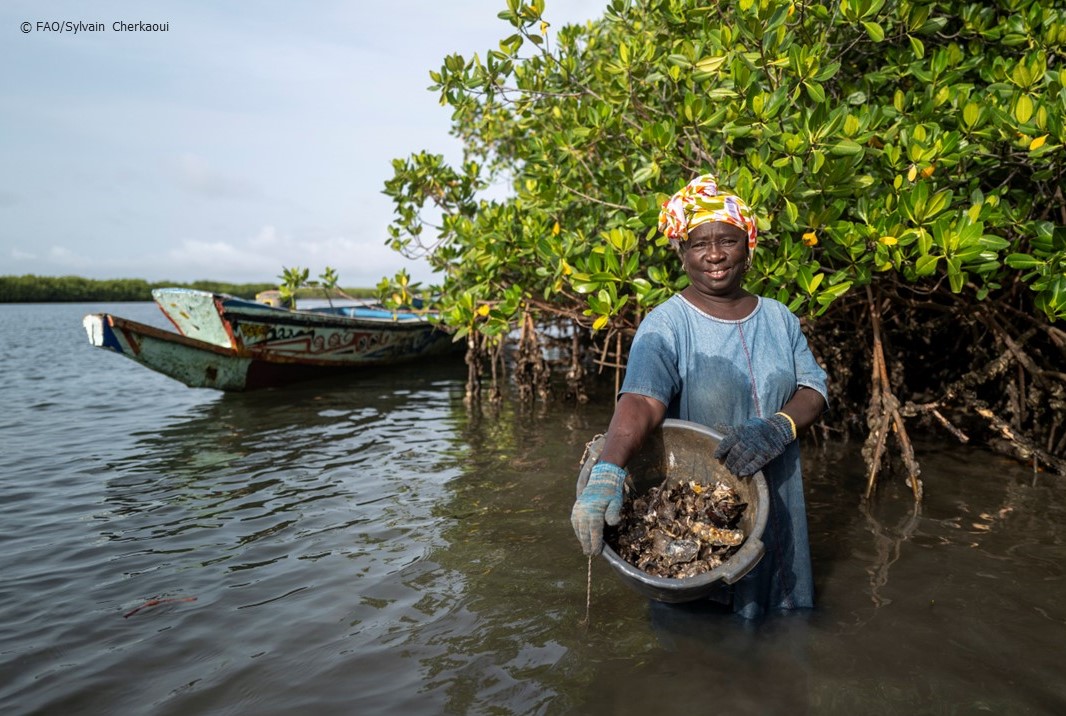
Mangroves are coastal ecosystems consisting of salt-tolerant trees and shrubs that grow in intertidal zones, where land meets the sea. Mangroves play an essential role in land restoration. They act as natural barriers against coastal erosion, support a rich biodiversity, absorb large amounts of CO2, and are crucial for the livelihoods of many coastal communities.
Recognizing the importance of mangrove conservation, the G20 Global Land Initiative (G20 GLI) has officially become a member of the Global Mangrove Alliance (GMA). The GMA aims to reduce net mangrove losses driven by direct human actions to zero; restore mangroves to cover at least half of all recent loss; and ensure long-term protection is increased from 40% to 80% of remaining mangroves.
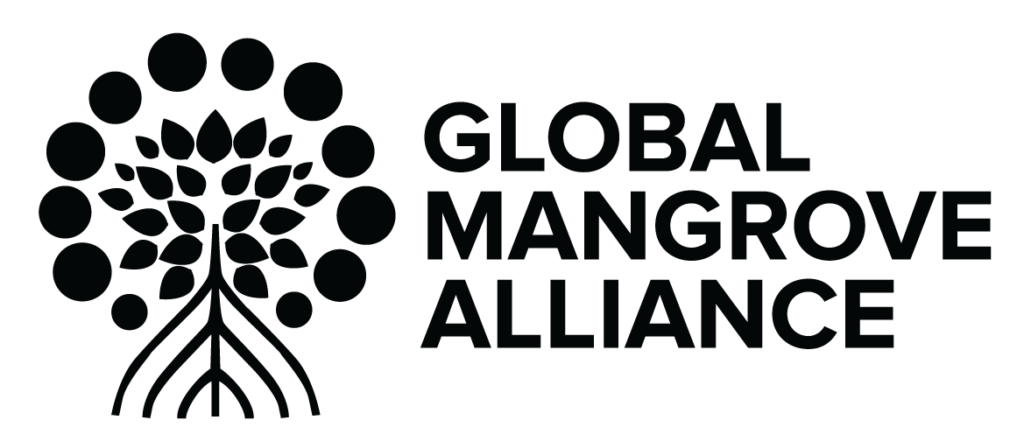
The G20 GLI’s membership in the GMA signifies a crucial alignment of efforts, focusing on the preservation and rehabilitation of these vital ecosystems. In joining hands with the GMA, the G20 GLI not only reinforces its dedication to land restoration but also takes significant steps towards realizing its ambitious aim of attaining a 50 percent reduction in degraded land by 2040.
The reach of the GMA extends to several key areas, including communication, policy, capacity building and proof of concept; science, financing, tracking, and collaboration.
In the area of communication, the goal is to raise global awareness and promote action from various stakeholders towards the global targets and outcomes of the GMA. In policy, the focus is on developing and maintaining an international policy agenda that complements existing regional and national initiatives. The capacity building and proof of concept area involves collective work to implement science-based solutions, test theories, and create replicable and scalable models for mangrove conservation and restoration, including sharing and disseminating lessons learned in the field.
In the realm of science, the priority is defining a global research agenda, acting as a knowledge platform, and crafting regionally adapted methodologies and tools for wise mangrove use to benefit local communities. Financing entails the development and pursuit of new mechanisms for the conservation and facilitation of resource mobilization in existing initiatives. Tracking supports the monitoring of progress against global targets and assists regional and local actors in establishing complementary targets for reflection in policy. Finally, collaboration signifies intentional and open engagement across key geographies, creating holistic programs that are more impactful than their individual components.
Mangroves are invaluable for land restoration, coastal protection, carbon sequestration, and the preservation of biodiversity. The collaboration between the G20 GLI and GMA reflects a unified global effort to safeguard these unique ecosystems. Together, they pave the way towards a sustainable future, highlighting the critical role of mangroves in the fight against climate change and land degradation.
Author: Andrea Martínez Bernáldez
